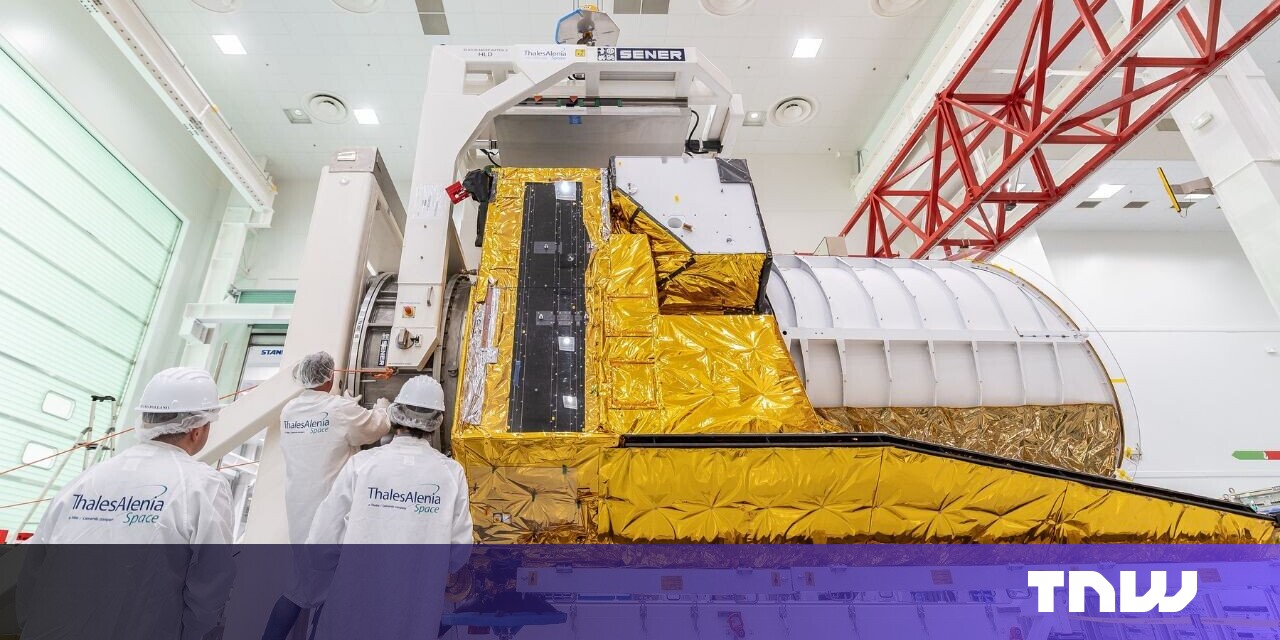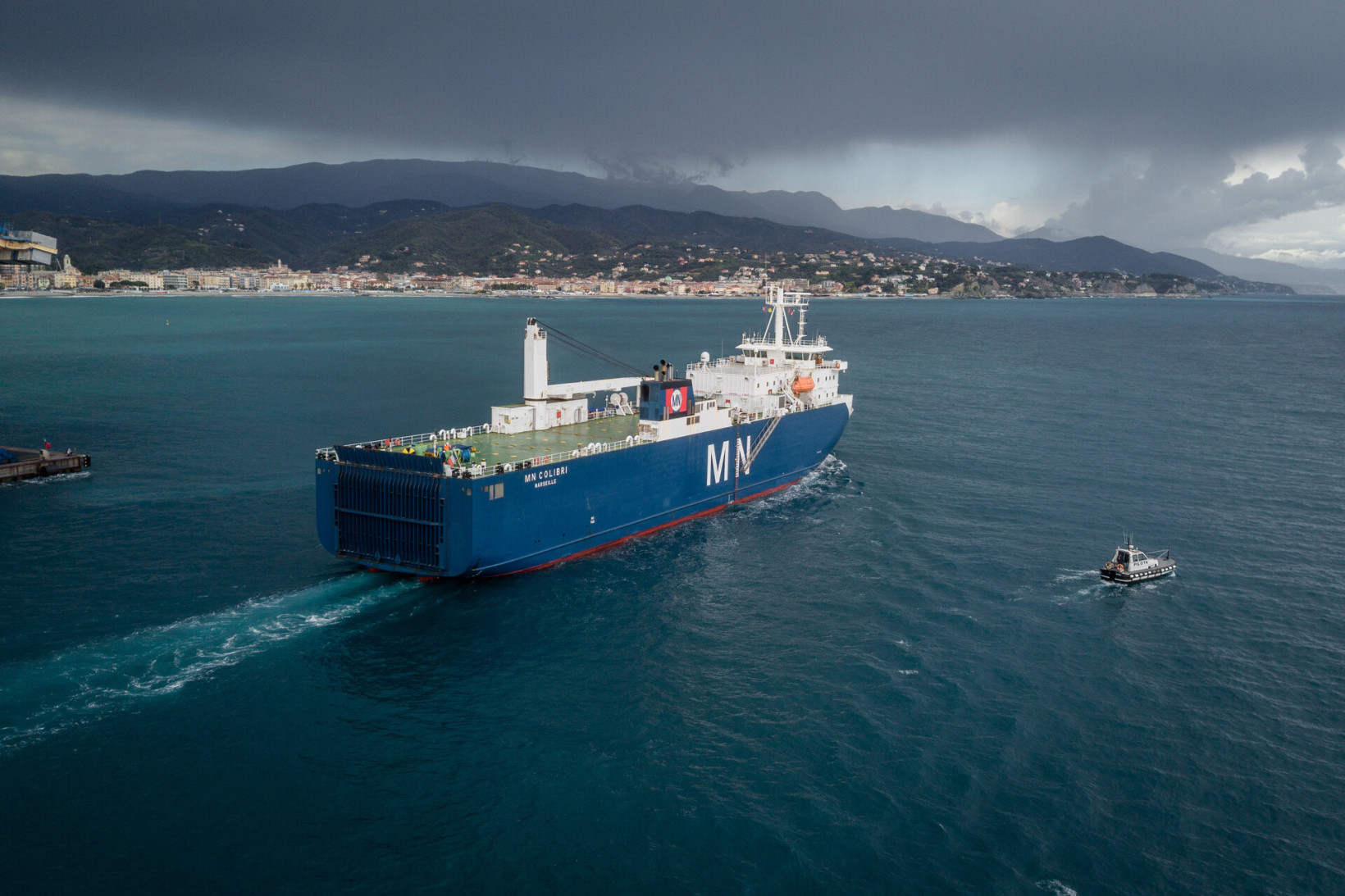
The European Space Agency (ESA)’s Euclid satellite has taken another step on its journey to explore the dark universe.
On 15 April, Euclid set sail for a port near its launch location in Cape Canaveral, Florida, the ESA announced today.
The spacecraft is expected to reach the take-off site at the beginning of May. The launch is due to take place on a SpaceX Falcon 9 in July.
After lift-off, Eulic will travel 1.5 million km from Earth to the Lagrange point L2, an auspicious location for studying deep space. From L2, it will start investigating the dark universe.
ESA has grand ambitions for the mission. The agency wants to map the large-scale structure of the universe. It also aims to shed light on the power of dark matter and dark energy, which makes up an estimated 95% of the universe.
To delve into these mysteries, Euclid plans to create the largest, most accurate 3D map of the universe ever. The satellite will observe billions of galaxies up to 10 billion light-years away, covering more than a third of the sky.
The map will offer insights into how the universe has expanded, and how its structure has evolved over cosmic history. It will also reveal more about the role played by gravity, and the nature of dark energy and dark matter.

The prime contractor for Euclid is Thales Alenia Space, a joint venture between Thales of France and Leonardo of Italy. The company is one of Europe’s leading satellite manufacturers.
In total, more than 80 European companies are involved in the mission. They include Airbus Defense and Space, which built the telescope — the main instrument of the payload module.
“Every aspect of this project is a real challenge.
.
Before its journey, Euclid underwent a rigorous testing program at Thales Alenia Space’s Cannes plant.
“In recent months, we focused on the thermal vacuum, mechanical, and electromagnetic compatibility tests,” said Laurent Sanna, Assembly Integration and Test Systems Manager for Euclid in Cannes.
“Our main challenge was to perform these tests while staying on the tight schedule and accommodating changes in the baseline launcher. Because Euclid’s performance requirements are so demanding, every aspect of this project is a real challenge.”
After the tests, the satellite was sealed in a transport container, which was flushed with nitrogen to maintain a clean room environment. The temperature, pressure, and humidity will be monitored throughout the journey.
The satellite was then taken by convoy to the port of Savona, Italy. On arrival, it boarded a ship to Florida. From there, the journey into the dark universe will truly begin.






